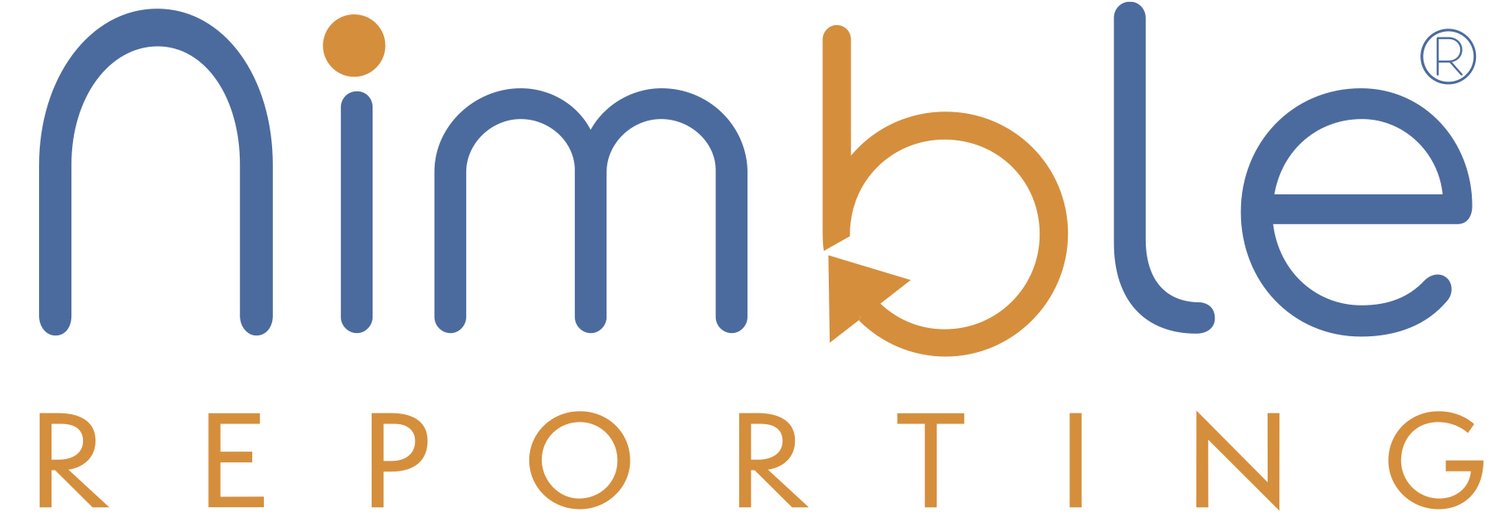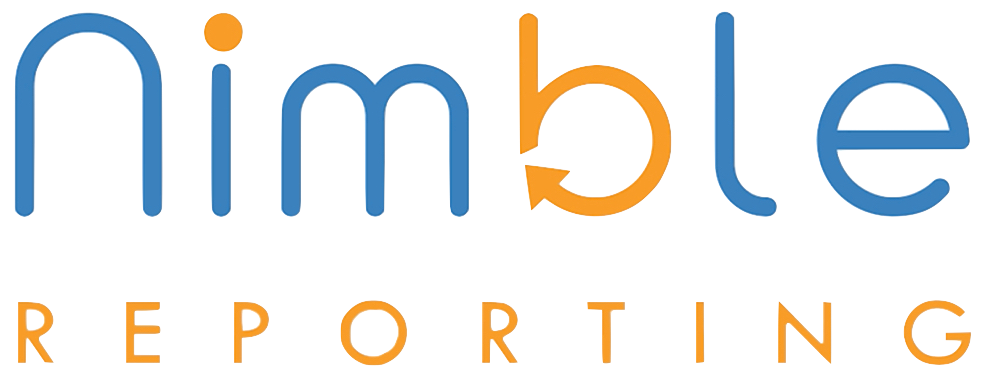A global people leader shares how HR teams can drive AI adoption at work
Loads of talk about AI and how it integrates personally and at work. For some, all change is scary and AI is such a massive game changer that this is amplified a thousand fold. There is however some new thinking around how HR can be the driving force to encourage adoption of AI within departments and globally within a company. This is a very interesting take on something that is here to stay and needs to be understood within the organization.
FROM HUMAN RESOURCE EXECUTIVE / BY JILL BARTH
In early 2023, Kate Parente, chief people officer at software company Pega, received a text from a friend nudging her to check out this new tool, ChatGPT. Like so many people around the world, this was one of the first times she played with the possibilities of generative AI.
Parente isn’t a stranger to artificial intelligence—Pega is an AI-driven workflow automation platform founded in 1983—but she knew that generative AI capabilities like those in ChatGPT held fresh potential. Meanwhile, as an HR leader, she recognized a massive opportunity to harness gen AI’s capacity in the people practice—and HR’s responsibility in driving AI adoption.
AI adoption for (and from) the people team
Artificial intelligence didn’t come “out of nowhere” in 2023, says Parente. But she notes until then, most platforms leveraged the tech for managing data or automation. It was humming along in the background for many users, useful but not head-turning.
Generative functionality, however, evokes a sense of excitement as well as uncertainty. Parente says many people ask, “Can I trust this?” and are only willing to test the output if they are confident of the input. This applies particularly to human resources professionals, who are historically accustomed to handling “nuanced” employee and employer information that should be protected, according to Parente.
Pega is fortunate that AI is in the company’s DNA, says the people leader. She’s seen firsthand how Pega’s advancements can also benefit her team. When it was time to test new generative AI features, the people team stepped up to be the first testers for the full employee population. “The people function was at the heart of productizing,” she says, citing a unique level of collaboration between herself and Pega’s chief product officer, Kerim Akgonul.
This effort supported introducing an enterprise-grade assistant solution for employees and customers known as Pega GenAI Knowledge Buddy. This AI-powered tool is used for information retrieval by synthesizing specific answers from scattered knowledge bases.
“Organizations would like to use AI to improve experiences and increase efficiency, but many existing solutions aren’t meant for the intricate inner workings and complex needs of large organizations,” said Akgonul in a release about Pega GenAI Knowledge Buddy.
The implementation of Knowledge Buddy for strategic areas like product management, sales and IT delivers AI-driven knowledge management solutions across the enterprise. A version called People Buddy specifically serves the human resource team.
An AI-powered assistant such as Knowledge Buddy will likely become more of an expectation at work, rising alongside the growth of these tools in daily life. In a recent report, Gartner predicted that by 2026, traditional search engine use will decrease by 25% as people turn to AI chatbots and other virtual agents.
Employees also want new technology to be easy to use. According to a 2024 study from Valoir, nearly 90% of workers said AI should be easy and intuitive and require no data science or AI expertise, making conversational tools an ideal place to start with artificial intelligence.
A different view on productivity
It’s hard to find evidence of artificial intelligence in the business world without a nod to productivity immediately after that. More and more studies are backing up the correlation between the two. In fact, modeling from Accenture shows that 44% of working hours in the U.S. are “in scope for automation or augmentation” thanks to the implementation of gen AI.
But what happens to employees when machines handle those hours? There are mixed feelings in the workforce. Nearly all employees in Accenture’s study say they see value in working with generative AI, yet 60% think the tech will contribute to stress and burnout.
Parente says there is a “natural inclination to take it personally” when workers are told that AI will increase productivity in their daily work. To balance the strict accounting of machine hours versus people hours, she doesn’t simply think about time saved during transactions.
“Take it to the next level,” suggests Parente. Imagine being able to measure the time it takes for an “idea to become something” rather than the moments saved for a single employee when a task is automated. “This view of productivity changes the experience,” she says.
Parente also reminds business and HR leaders that generative AI breaks workers out of the constraints of their thoughts and instills curiosity because search and inquiry platforms are designed to drill down into a topic more deeply.
For instance, Generative AI solutions like Microsoft Copilot and Perplexity will suggest further lines of questioning or ask the user to be more precise in conveying the concept in question. These tools suggest topics to search, offer preferences for the conversational style and give the user prompts to develop their request further.
AI adoption and a hackathon culture
Being part of an organization that harnesses artificial intelligence as a core business offering helps Parente think differently about AI than many business leaders. She says that while many employees feel fearful and hesitant to adopt AI, “you really can’t break this stuff.” But what about the people who fear that the tech itself will be destructive to their job or the organization?
Widespread AI adoption requires a leadership mindset shift that allows people to become comfortable in a low-risk environment. Sean Audet, Pega’s director of corporate communications, put it this way: “The end result is not as important—it’s more about using and trying” generative AI in Pega’s trial-and-error atmosphere.
The Pega team calls this a “hackathon culture,” the main priority of which is to surface new ideas. Ideation and creative hack sessions don’t apply only to some people, and they don’t occur just once a year or even once a quarter, but regularly. It’s a way of working that “opens the aperture for everyone to get involved,” Parente says.


